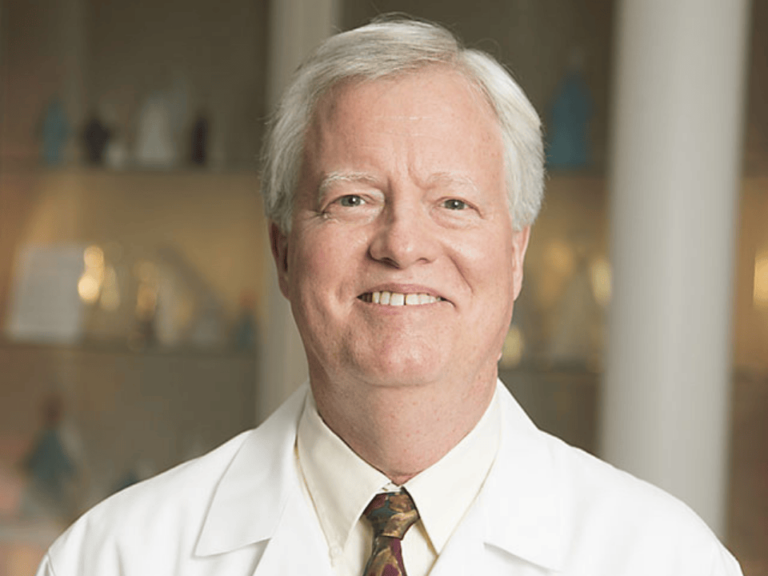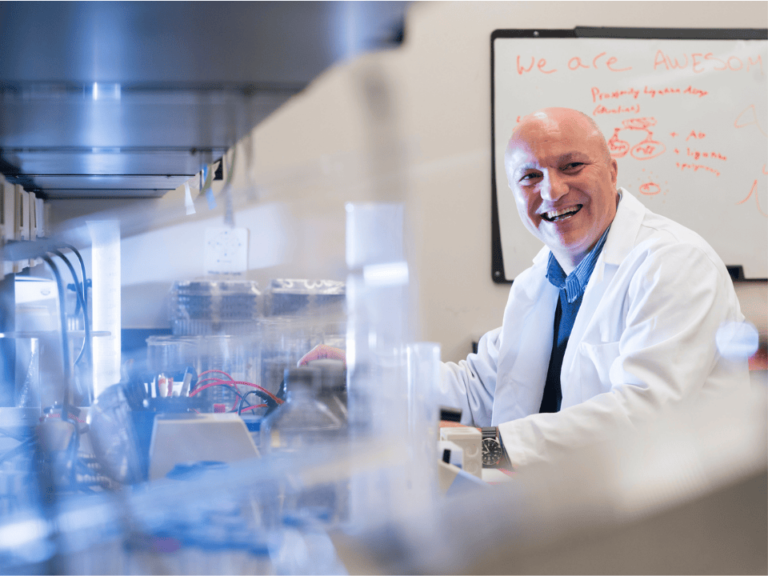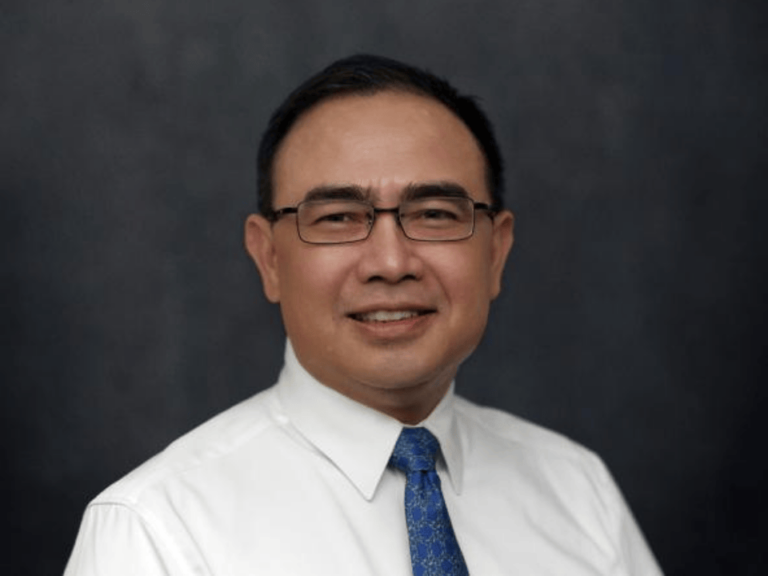This story is part of The Cancer Letter’s ongoing coverage of COVID-19’s impact on oncology. A full list of our coverage, as well as the latest meeting cancellations, is available here.
As part of responding to the COVID-19 pandemic, hospitals across the nation had dramatically reduced their surgery schedules when UC Davis cancer patient Marlene Blake had surgery for breast cancer in March.
Imaging showed she had three masses in one breast and a fourth suspected in the other. Ms. Blake recently celebrated her birthday and shared, “I’m so glad to begin the next year of life without that worry. Whether there’s coronavirus or not, I want to stay healthy.”
Care of pandemic victims has to come first, and all precautions must be taken to minimize the risks to health care providers and other patients. But cancer doesn’t wait for the coronavirus.
According to the American Cancer Society’s Cancer Statistics,1 150,000 Americans per month are diagnosed with cancer, and approximately two-thirds—100,000 patients—would require surgery to treat the cancer. These operations are not “elective” in the sense that they are optional or can be delayed unduly. Rather, they are part of responsibly managing patients’ health with treatments that are likely to cure and cannot safely be delayed.
Comprehensive cancer centers are hard at work to provide this sort of care, all while keeping staff and patients safe. Universal masking policies are in place, meaning everyone in the facility must wear a mask at all times. Health care staff members are screening people entering the building for signs of infection and testing all patients for COVID-19 prior to surgery.
The number of visitors is severely restricted. Patients in the waiting area are encouraged to practice physical distancing and wash their hands or use hand sanitizer from the dispensers that are widely available throughout the facility. Medical teams are expanding video visits, allowing patients to securely receive care in the safe environment of their homes.
Our goals today are the same as on any other day: to serve our patients steadfastly, as we strive to end the scourge of cancer. By acting responsibly now, we aim to avoid a “second surge” of cancer patients on the heels of the coronavirus surge, further burdening the health care system as it recovers from the pandemic. We are treating patients now to avoid stressing cancer care resources when the pandemic has ended, but the battle against cancer will still need to be fought.
Care of pandemic victims has to come first, and all precautions must be taken to minimize the risks to health care providers and other patients. But cancer doesn’t wait for the coronavirus.
We are aligned with the Centers For Medicare & Medicaid Services newly updated guidelines, on Sunday, April 19, about re-opening facilities to provide non-emergent non-COVID-19 health care. This would include “procedural care (surgeries and procedures), chronic disease care, and, ultimately, preventive care.”
By not deferring care we will avoid a second surge, and more patients like Marlene Blake can enter the next chapter of life with one less worry during this challenging and unprecedented time.
Cancer Statistics Center, American Cancer Society, https://cancerstatisticscenter.cancer.org/#!/. Among cases diagnosed from 2009 to 2015, followed through 2016. Data sources: Surveillance, Epidemiology, and End Results (SEER) 18 registries, National Cancer Institute.













